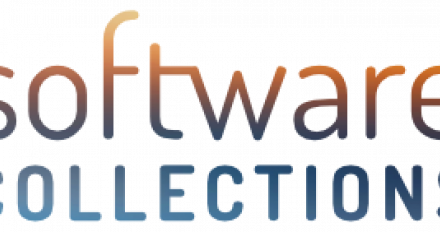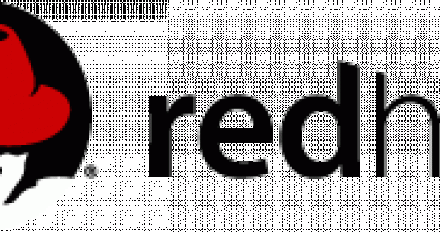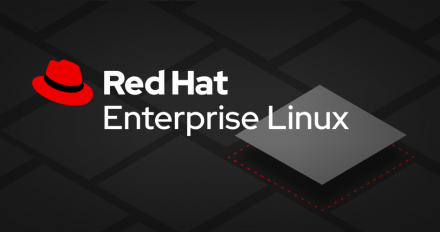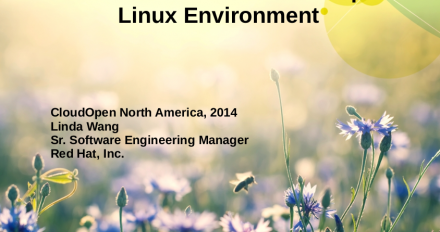
Article
How to package proprietary software
I like to work with open source code. But it is not always possible. Sometimes you have to deal with proprietary code. And sometimes you have to distribute it. I like to distribute software as RPM package because it allows me to put together patches, post-install scripts and configuration files. But how can I create and distribute proprietary software without violating license? The answer is " nosrc.rpm ". For example - let assume that you want to distribute Oracle Database...















